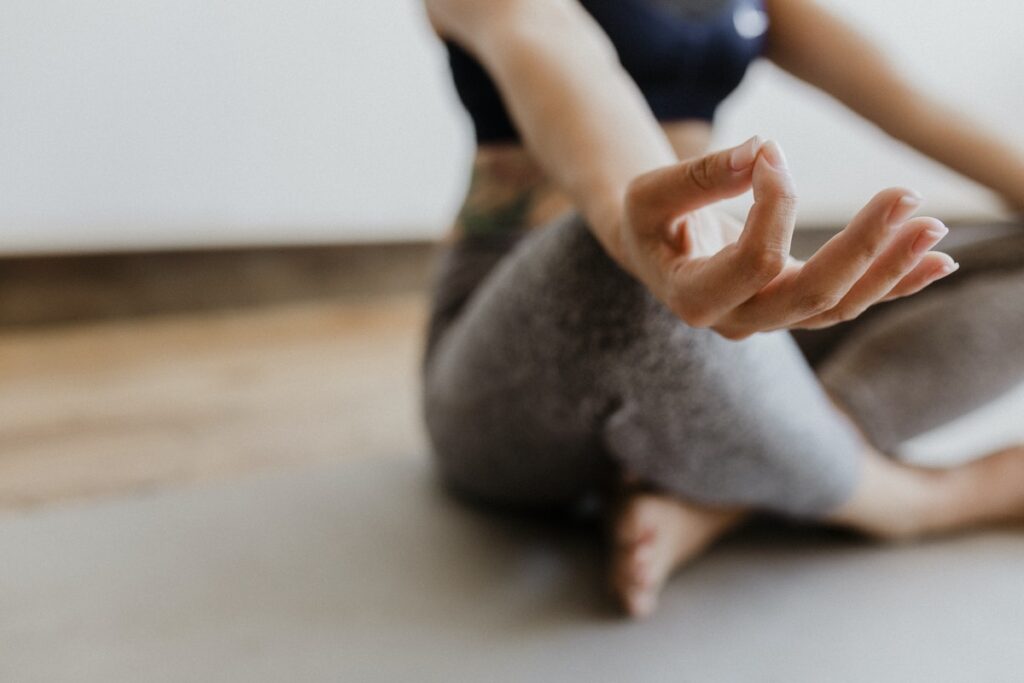And the IDEAL ways to set them right.
We think it’s fair to say that we could all use some realignment right now. The ancient practice of yoga currently has around 300 million devotees worldwide, with many turning to the discipline to release tension and gain perspective of a world seemingly slipping out of control. And the change in outlook achieved via only a few deep breaths and the setting of intentions is such a blessing in these troubled times.
If you don’t yet know your Eagle from your Pigeon or your Hero from your Warrior, then perhaps this one’s not for you. Instead, might we redirect you to these tips for yoga beginners on how to get started? You can thank us later.
But if you’re still with us, then might we safely assume that you have your 84 asanas down, that you can hold your breath underwater longer than a shark, and that you can twist yourself into a pretzel without breaking anything?
The truth is, just because you’re something of an expert in yoga poses and terminology, doesn’t automatically mean you’ll be able to seamlessly translate these skills into teaching yoga. Instead, there are a few rookie teaching errors you should avoid if you plan to evolve within the ancient discipline. These are those; our 5 common mistakes yoga teachers make, and the IDEAL ways to see them right.
GUIDING EVERY STEP
Teachers play a pivotal role in guiding students, with the best in their field offering inspiration and expertise in equal measure. That said, yoga happens to be one activity in which exploring and discovering connections by oneself works particularly well.
As such, a teacher who is fixated on correcting the ‘wrong’ poses too often disturbs the regular rhythm and flow of the class. This can hinder concentration, which is crucial for yoga.
Yoga takes time for beginners, and an overtly strict focus on form can damage confidence in yogis new to the practice. Allow time to nurture a relaxed environment for best results, letting the students shoulder responsibility for their practice. An overprotective yoga teacher is an ineffectual one.

NEGLECTING YOUR OWN PRACTICE
It’s imperative that you maintain your own yoga practice, with a hunger to learn, develop and improve always your primary motivation. Resting on your laurels just because you’re now teaching will only cause complacency; rather the opposite of setting intentions and following through on them in a mindful way, don’t you think?
There is always more scope to learn when you remain consistent, and adopting an attitude of ‘always a beginner’ helps you discover new concepts and rectify mistakes you (or your students) might have been making. You need to be confident in your own ability if your practices in front of a group are to flow in that natural, effortless (though entirely deliberate) manner so important to a successful session.
CONVEYING DISPARATE MESSAGES
When in the class, make sure instructions are clear and crisp. Yoga requires attention, and confusion can wreak havoc on a rhythmic, flowing practice.
Using vague or confusing terms can make newcomers nervous and result in chaos on the floor. Give them an idea about the new poses with images or by demonstrating the poses yourself. For the best yoga teachers, words and actions always work in perfect harmony.

NOT INDIVIDUALISING
Yoga is relaxing, sure, but it’s certainly not effortless. In fact, a practice which doesn’t require focus and intent rather defeats the point, don’t you think?
This is where a rather tricky balancing act is required; in a yoga class, students will have varying levels of experience and strength which need to be managed. Fortunately, balance is your forte!
Though some may struggle to get a hold of breathing exercises, and others may find it taxing to stretch for prolonged periods, if you focus on individualising with the students, and responding to their specific needs, they’ll develop more confidently.
OVERSTRAINING
Successful, fulfilling yoga is to set a perfect balance between the body, mind, and inner self. If you feel that making students sweat and suffer is the best way for them to learn the art of yoga, prepare for dissent or worse, injury.
Yoga, as a practice, should both calm the mind and increase strength. Physical exhaustion rarely contributes to a successful session, and pain never does. Instead, nurture a sense of discipline and focus to get the most from your students and, as a result, yourself. This thing is symbiotic, after all.
Seeking to inspire your students further? Check out these reasons to take up yoga today and spread that message far and wide!





